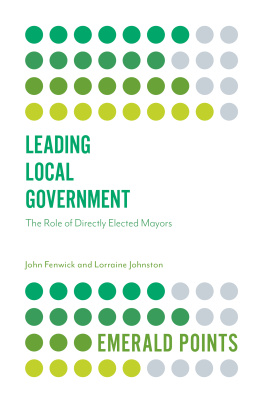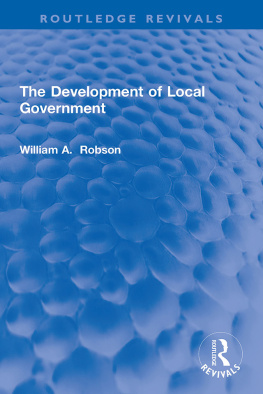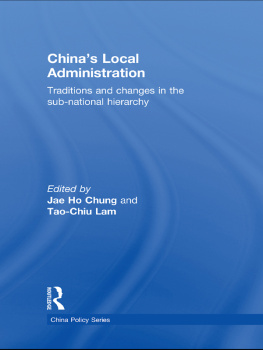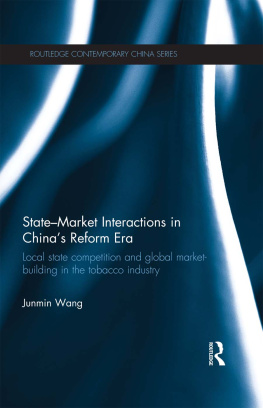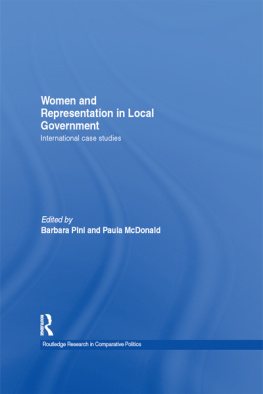Wei Wang - Ethnic Identity of the Kam People in Contemporary China: Government versus Local Perspectives
Here you can read online Wei Wang - Ethnic Identity of the Kam People in Contemporary China: Government versus Local Perspectives full text of the book (entire story) in english for free. Download pdf and epub, get meaning, cover and reviews about this ebook. year: 2021, publisher: Routledge, genre: Politics. Description of the work, (preface) as well as reviews are available. Best literature library LitArk.com created for fans of good reading and offers a wide selection of genres:
Romance novel
Science fiction
Adventure
Detective
Science
History
Home and family
Prose
Art
Politics
Computer
Non-fiction
Religion
Business
Children
Humor
Choose a favorite category and find really read worthwhile books. Enjoy immersion in the world of imagination, feel the emotions of the characters or learn something new for yourself, make an fascinating discovery.

- Book:Ethnic Identity of the Kam People in Contemporary China: Government versus Local Perspectives
- Author:
- Publisher:Routledge
- Genre:
- Year:2021
- Rating:4 / 5
- Favourites:Add to favourites
- Your mark:
Ethnic Identity of the Kam People in Contemporary China: Government versus Local Perspectives: summary, description and annotation
We offer to read an annotation, description, summary or preface (depends on what the author of the book "Ethnic Identity of the Kam People in Contemporary China: Government versus Local Perspectives" wrote himself). If you haven't found the necessary information about the book — write in the comments, we will try to find it.
Based on three years of fieldwork in Zhanli, a remote Kam Village in Guizhou Province, Wang and Jiang explore the complex dynamics between the discursive practices of the local government and the villagers in relation to the reconstruction of Kam identity in response to social change, particularly the rise of rural tourism.
Chinas profound demographic and socio-economic transformation has intensified the dominance of Han culture and language and seriously challenged the traditional cultures in ethnic minority areas. The authors draw on multiple empirical sources, including in-depth interviews with Kam villagers and local officials, field observations, media discourse, local archives and government documents. They present an engaging account of the significant compromises that government and villagers have made in relation to ethnic identity in the name of economic development, and of the tensions and struggles that characterise the ongoing process of ethnic identity reconstruction.
Students and researchers in sociolinguistics, ethnography, and discourse studies, especially those with an interest in Chinese discourse, and everyone interested in issues around ethnicity (minzu) issues in China, will find this book a valuable resource.
Wei Wang: author's other books
Who wrote Ethnic Identity of the Kam People in Contemporary China: Government versus Local Perspectives? Find out the surname, the name of the author of the book and a list of all author's works by series.

